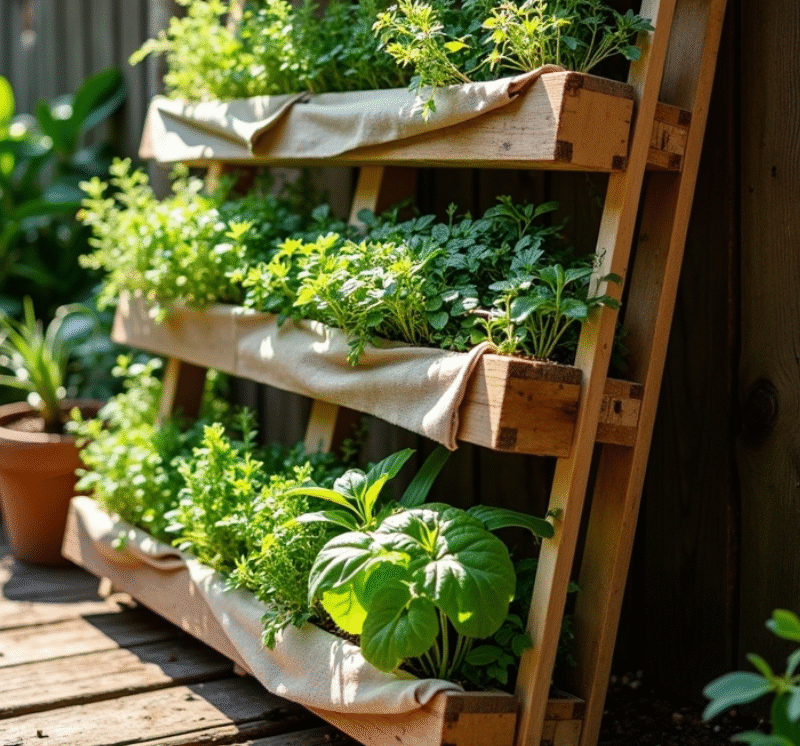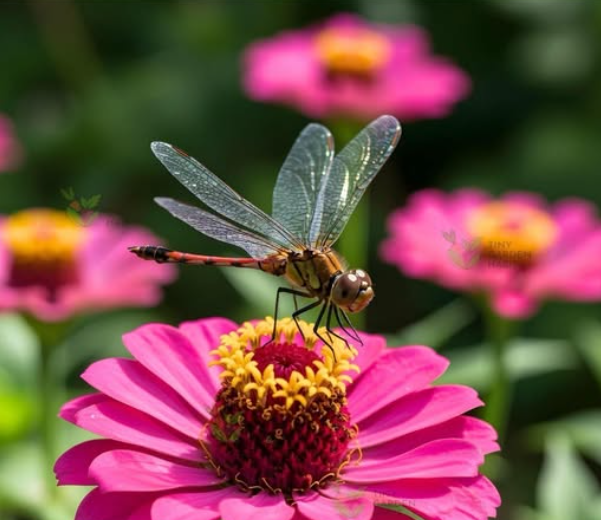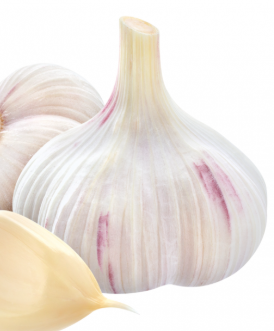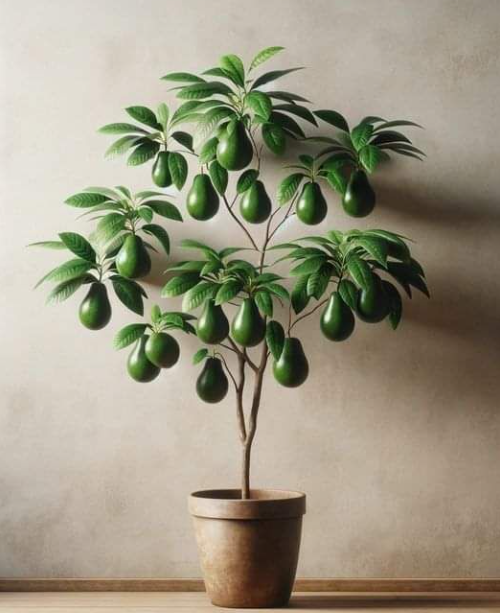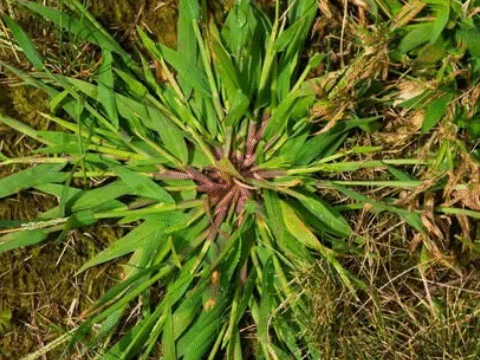🌿 DIY Herb Planter – Step-by-Step Guide
Looking to add a splash of greenery to your patio, balcony, or backyard? This multi-level DIY herb planter is the perfect project for beginners and seasoned gardeners alike 🌱. With just a few basic tools and some creativity, you’ll have a functional and attractive herb garden right at your fingertips!
🧰 Materials Needed
| Item | Description |
|---|---|
| 🪚 Wooden Planks | For constructing four planter boxes (cedar or pine recommended) |
| 🔨 Screws & Drill | For assembling the frame and attaching boxes |
| 📐 Measuring Tape | To ensure accurate dimensions |
| 🧴 Wood Sealant (optional) | Protects the planter from moisture and weathering if used outdoors |
| 🌱 Potting Soil | Well-draining, nutrient-rich soil for herbs |
| 🌿 Herb Plants | Choose rosemary, basil, thyme, oregano, mint, or others |
| 🧤 Gardening Gloves | For comfort and safety during construction and planting |
🪴 Step-by-Step Instructions
Step 1: Build the Frame
- Cut your wooden planks to match your desired width and height (e.g., 3 ft high x 2 ft wide).
- Assemble the frame using vertical posts and horizontal beams to support each planter level.
- Ensure all joints are tightly secured using screws and a drill.
Step 2: Create the Planter Boxes
- Construct four rectangular boxes sized to fit within your frame.
- Drill small drainage holes (4–5 per box) at the bottom to allow excess water to escape.
- Optionally, seal the inside with a non-toxic wood protector if placing outdoors.
Step 3: Attach the Planters to the Frame
- Secure each planter box to the frame starting from the bottom up.
- Leave enough vertical spacing (about 10–12 inches) between boxes for easy access and plant growth.
- Double-check stability and reinforce with extra screws if needed.
Step 4: Add Potting Soil
- Fill each planter box with a blend of potting soil and compost (about 70% potting soil, 30% compost).
- Ensure each box is filled evenly, leaving about 1 inch of space at the top.
Step 5: Plant Your Herbs
- Choose sun-loving herbs like basil, rosemary, thyme, oregano, mint, and chives.
- Plant each herb according to its spacing needs (typically 6–8 inches apart).
- Water thoroughly after planting and place the planter in a sunny location (6+ hours of sunlight daily).
🌞 Gardening Tips from Experts
Laura Greene, certified horticulturist: “A vertical herb planter is great for saving space and makes harvesting easy. Just remember to rotate your herbs every few months to give the roots room to breathe.”
Tomás Valdez, urban gardening expert: “Don’t forget to mulch lightly—this helps retain moisture and reduces weeds. Also, avoid overwatering. Herbs like thyme and rosemary prefer drier soil.”
❓ Frequently Asked Questions
- What type of wood should I use?
Cedar is ideal because it’s naturally rot-resistant. Pine is more affordable but should be sealed for durability. - Can I use this planter indoors?
Yes, just ensure good drainage and place it near a window that gets plenty of sunlight. - How often should I water my herbs?
Check the soil daily. Water when the top inch feels dry. Most herbs prefer well-drained soil. - Can I grow vegetables instead of herbs?
Yes! You can grow lettuce, spinach, radishes, or even cherry tomatoes with this design. - How long will the planter last?
With good wood and proper sealing, it can last 3–5 years or longer. - Do I need to fertilize the herbs?
Yes. Use an organic fertilizer once every 2–3 weeks during the growing season. - Can I start from seeds?
Absolutely. Just give seeds more time to germinate and keep soil consistently moist in the beginning. - Should I line the planter boxes?
Lining with landscape fabric helps retain soil while still allowing drainage. - Will this attract pests?
Generally, no. But keep an eye out for aphids or whiteflies, and spray with neem oil if needed. - Can I paint the wood?
Yes—use non-toxic, weather-resistant outdoor paint if you want to add some color.
🌿 Want to Cook with Your Herbs?
Now that you’ve built your herb planter, explore fresh recipes using your harvest. Check out this site for ideas like homemade pesto, herbed flatbread, or infused oils!
This project is not just about gardening—it’s about creating a connection to your food, your space, and your peace of mind. Happy planting! 🌼🛠️
